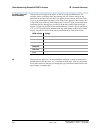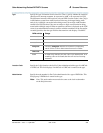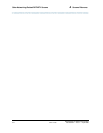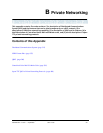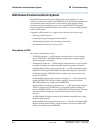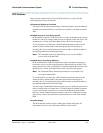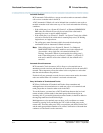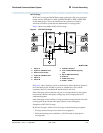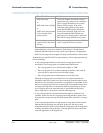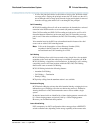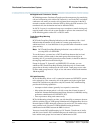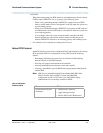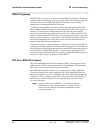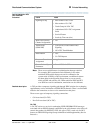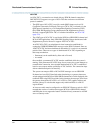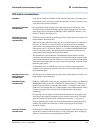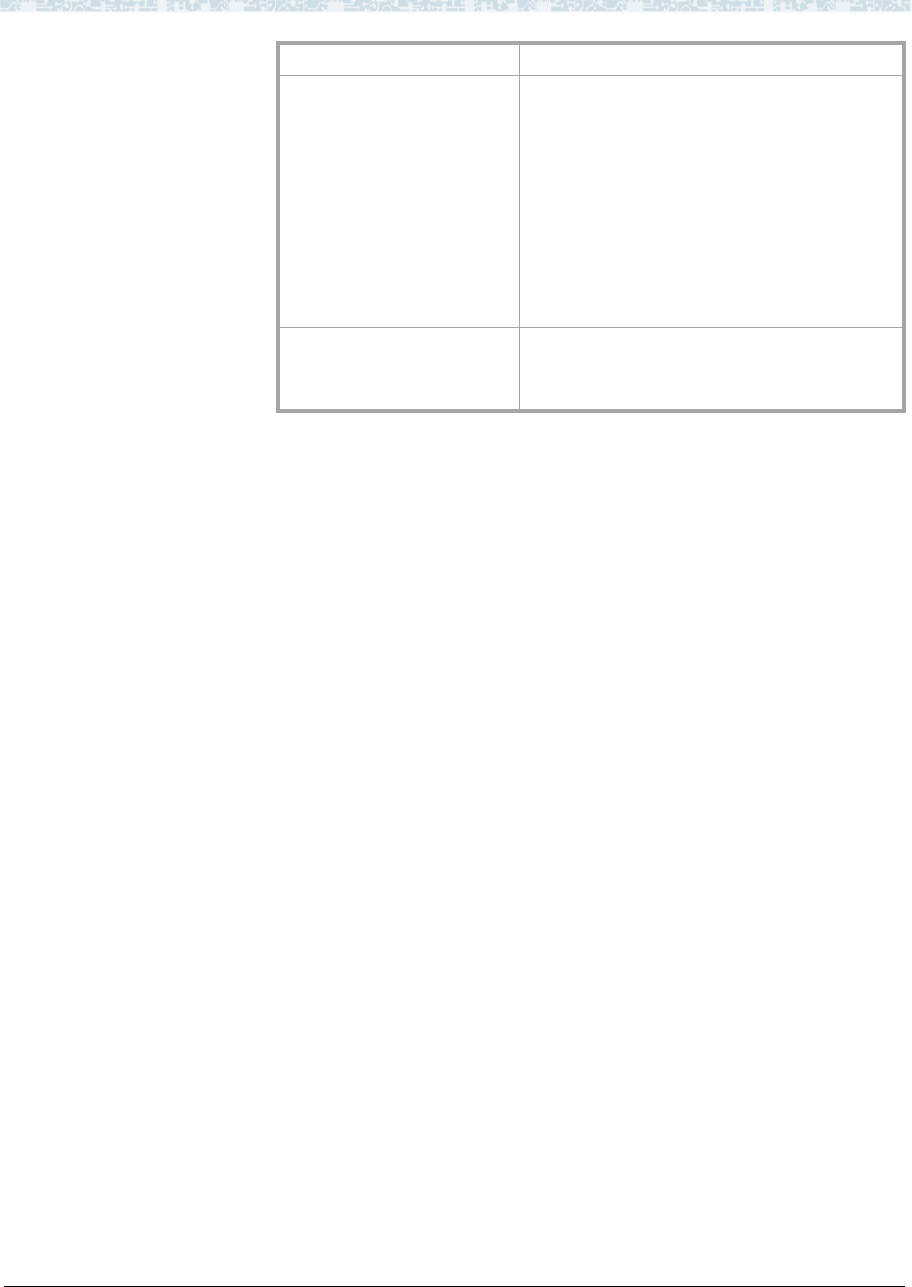
Distributed Communications System B Private Networking
Administration for Network Connectivity
CID: 77730 555-233-504 — Issue 1 — April 2000
316
~ When the DCS link is down, call consult operates differently. If Station A calls
Station B but the call covers to Station C, then Station C consults back to
Station B and Station B receives the consult call on the next call appearance.
~ DCS Call Coverage does not support Coverage Call Back from a remote node.
Additionally, in some DCS Call Coverage situations, call coverage operation may
deviate, including:
~ A call to the principal redirects to the remote coverage point, which is
unavailable. The coverage point is considered unavailable when:
• The coverage point is not a valid extension, QDN, or VDN.
• The coverage point is busy with no hunting, forwarded, or has send all
calls activated, or activates send all calls after ringing.
• The coverage point has no staffed agents or an invalid vector.
When the coverage point is unavailable, the local system determines the
availability status from a time-out or from a message from the remote system.
When the local system discovers that the coverage point is unavailable, it tries
the next coverage point. If the last coverage point is unavailable, the previous
coverage point rings until it is answered or until the caller hangs up. If only
one coverage point exists in the path and it is unavailable, the principal’s
station rings until it is answered or until the caller hangs up.
~ A call to the principal is forwarded and the forwarded-to extension is not
available. In this case, the first coverage point in the principal’s path is tried.
Note that the coverage does not follow the forwarded-to extension’s coverage
path.
~ A call to the principal redirects to the remote coverage point, which answers.
Subsequently, the principal goes off hook. In this case, the local system
bridges the principal onto the call between the calling party and coverage point
creating a conference among the three. The principal receives the call on the
same call appearance as the original call.
Error Condition Action
DCS link not up.
or
DCS trunk is not available.
or
DCS Call Coverage feature
is not activated on the
remote system.
The call is routed to the remote coverage
point. If the call is answered, it is treated as
Call Coverage Off Premises (also called
Remote Call Coverage). If the call is
redirected at the remote coverage point
before the DCS SRI expires, the remote
point’s path is followed. If the call is not
answered within the DCS SRI time-out
period, the next coverage point is tried with
DCS Call Coverage from the local system.
All trunks to the remote
system, DCS or otherwise,
are busy
The next coverage point is tried with DCS
Call Coverage from the local system.



